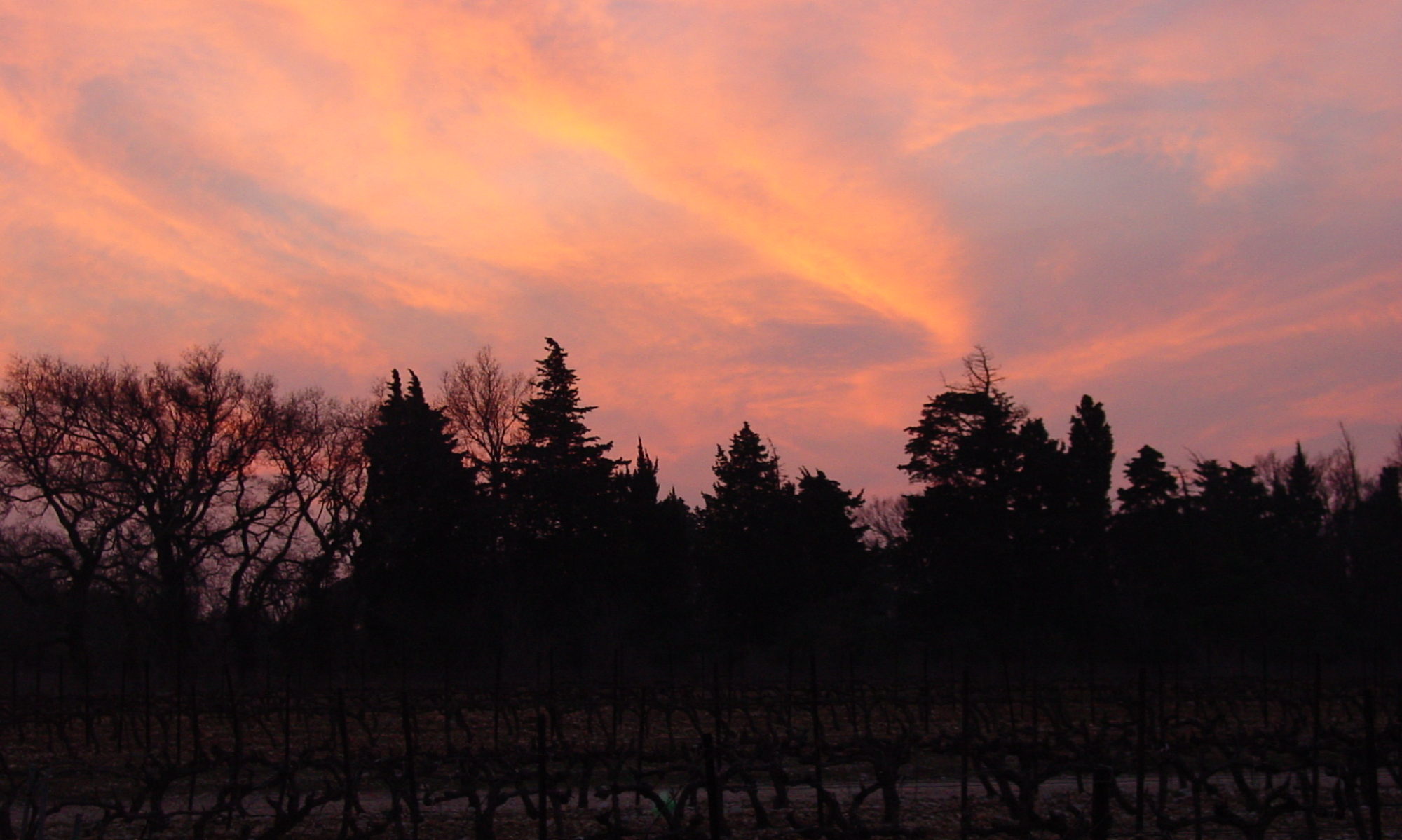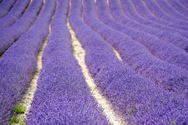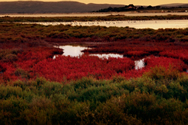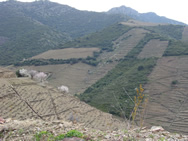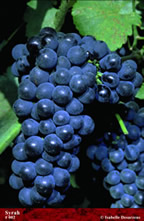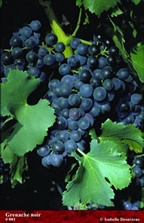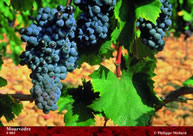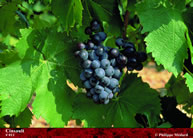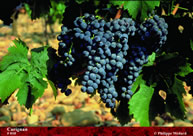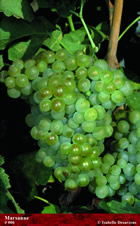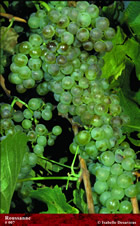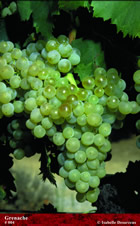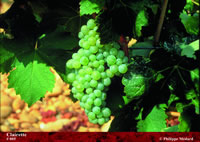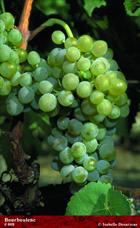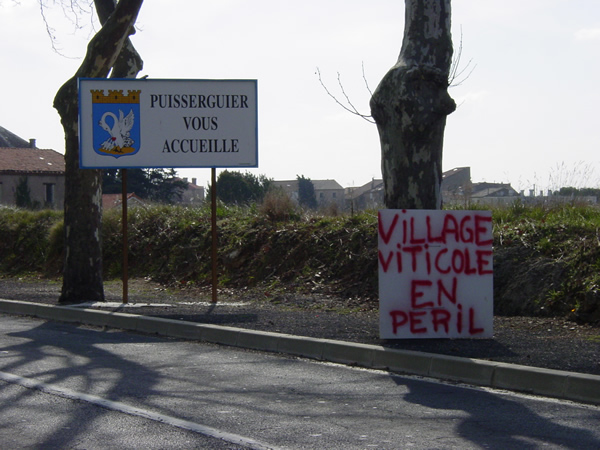South of France
Along with being the very first wine producing region in France, the South of France, is among the most promising fine wine producing regions in the world. Today the South of France is a sleeping giant in terms of producing high-quality wines. With its warm dry summers, rocky hillsides, brilliant sunshine, and windswept valleys, it is almost impossible to imagine a better place to grow grapes.
Three factors come together in the South of France to make it an ideal place to produce wine:
1) Geography
While very warm and mild, the South of France is a deceptively northern area. The vineyards of the South of France begin just south of the city of Lyon. Lyon is located at 45º46’N latitude, while Montreal, Canada, for example, is located just a little south of Lyon, at 45º30’N latitude. The vineyards at the southern extreme of the South of France are near the town of Collioure, not far from the Spanish border. Collioure is located at 42º31’N latitude, which is similar to Buffalo, New York at 42º53’ latitude. Why are there palm trees in Collioure, but not in Buffalo? The warm northern climate in France is due to the Gulf Stream, which keeps France warmer than its physical location would imply. Happily, due to its northern latitude, the South of France has extra hours of daylight during the growing season, which helps produce rich, ripe grapes. Finally, its northern latitude gives the South of France a relatively cool harvest, which helps to preserve the natural acidity in the grapes. Combined, all of these factors help to produce wine that has a natural balance between fruit and acidity.
2) Geology
The South of France is extremely rocky, rich with a great diversity of soil and terrain in a relatively compact area. Significant tectonic activity over millions of years created massive upheavals of rock, producing the Alps to the east and the Pyrenees to the west. In addition, glacial runoff from these mountains, and other erosional processes, helped to expose ancient rockbeds, creating the undulating, rocky valleys along the Mediterranean Sea. These rocky hillsides are an ideal terrain for growing grapes. Vineyards on well drained, warm, sunlit hillsides are ideal for the production of fine wine.
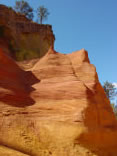 |
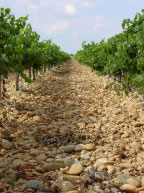 |
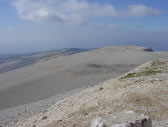 |
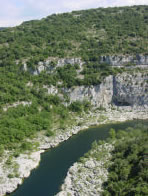 |
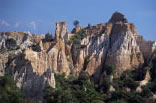 |
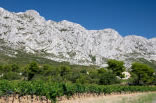 |
3) Mistral and Tramontane
A third factor, responsible for creating this ideal climate for grape production in the South of France, are the two famous winds — the Mistral and the Tramontane. The Mistral is a violent wind that can gust at over 100 km/hr and maintain a constant speed of 50 km/hr throughout the day. It is a dry wind that descends from the Alps, building speed through the Rhône Valley. Finally, the wind passes through the Camargue and out into the Mediterranean Sea. It is responsible for lowering humidity (protecting the vines from mold and mildew), and clearing out the clouds, producing sunfilled Provençal days. The Tramontane is a cold harsh wind that descends from the Pyrenees. Like the Mistral to the east, it sweeps out clouds and humidity throughout the Languedoc-Roussillon.
Links to Meteo France’s definitions (Site in French)
Mistral
www.meteofrance.com/FR/glossaire/designation/1080_curieux_view.jsp
Tramontane
www.meteofrance.com/FR/glossaire/designation/1082_curieux_view.jsp
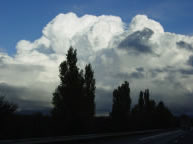 |
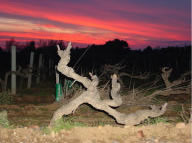 |
Principal Grape Varieties of the South of France
(Photos courtesy of InterRhone)
Click on images below to view enlarged photos
White Grape Varieties |
||
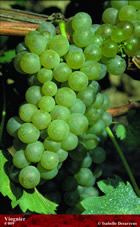 |
||
Challenges in the South of France
Over the last century, the South of France has lagged behind many other regions of the world in terms of quality. The financial rewards in the past were much greater for producing quantity over quality.
Today, California, Chile, Australia, among other new wine producing areas, can easily, and less expensively, satisfy the world’s demand for bulk wines. The result of this new competition is an economic crisis in the South of France. There, growers are now faced with a choice: to continue to compete in the world bulk market; or to improve quality by taking advantage of their wealth of exceptional vineyard land. Until recently, many exceptional vineyards have never produced wines equal to the quality of the land. For decades some cooperatives and some negotiants, more worried about quantity than quality, blended grapes from great vineyard sites with grapes from inferior vineyards. The result was a mediocre wine, not representative of any specific terroir. Winemakers are now waking up to the fact that they need to test the true potential of their vineyards. For the wineries that do decide to produce quality wines, the next problem is how to sell and develop new markets for their wines. Individually many of these wineries are too small to sell and market their wines on their own. The goal of United Estates Wine Imports, Ltd. is to help these wineries sell and market their wines. Developing fine wine in the South of France is critical for the future success of this great wine region.
